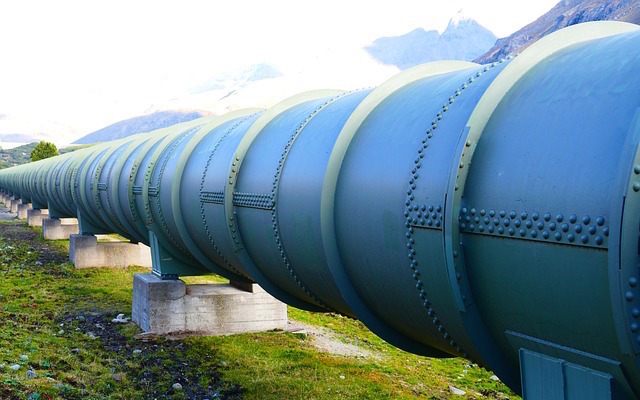To develop leaders on a broad scale, a leadership pipeline is important. A leadership pipeline aides in systematically and intentionally developing leaders. For example, Ram Charan, in The Leadership Pipeline, articulates six leadership passages along the journey of development, passages that leaders must experience to be fully developed:
- From managing self to managing others
- From managing others to managing managers
- From managing managers to functional manager
- From functional manager to business manager
- From business manager to group manager
- From group manager to enterprise manager
Though the levels of leadership in Charan’s model don’t translate well to local church nomenclature and practice, the thinking beneath the surface is important. A pipeline in the realm of local church ministry may look something like this:
- Lead Yourself (Be in a group)
- Lead Others (Lead a group or team)
- Lead Leaders (Shepherd or coach a group of leaders)
- Lead Ministries (Direct a ministry area)
As one has proven faithful in following Christ and leading self, the person is asked to lead others. As the person proves faithful in this responsibility, the person is given the responsibility to lead and shepherd other leaders. As the person has effectively cared for and developed other leaders, the person may be willing and ready to direct a larger portion of ministry.
A simple pipeline for groups ministry, as an example, could be sketched out like this:
Regardless of the context, a leadership pipeline provides multiple benefits.
-
Development clarity.
Build leaders, don’t just buy them. A pipeline provides clarity for how an organization builds its own leaders instead of just attempting to buy them. For a ministry, a leadership pipeline is a visible picture of how leaders can be developed and what their next step in the pipeline is. Without a pipeline, most likely people in the church are unclear about what their next step in development is.
-
Succession planning.
A pipeline helps with succession in all roles, as leaders are being developed at all levels. When a role is open, whether staff or volunteer, a leadership pipeline helps ensure there are others ready to move into that role. Instead of reactively scrambling to “fill a spot,” a leadership pipeline helps leaders think proactively about the future. If you do not have a leadership pipeline, you are likely approaching leader deployment from a reactive posture rather than a proactive one.
-
Effective coaching.
A pipeline helps leaders coach potential leaders for future assignments. As levels of leadership are identified, so are the character and skill-based competencies associated with those roles. Thus, coaching can be directed around the competencies.
-
Ministry expansion.
As leaders are developed, the influence of the ministry is exponentially expanded. As the scope of leadership broadens so does the scope of ministry. Ministry is greatly multiplied when leaders are developed and deployed.
Don’t approach leadership development haphazardly. A leadership pipeline helps you systematize and prioritize one of the chief tasks of leaders—developing and deploying other leaders.







